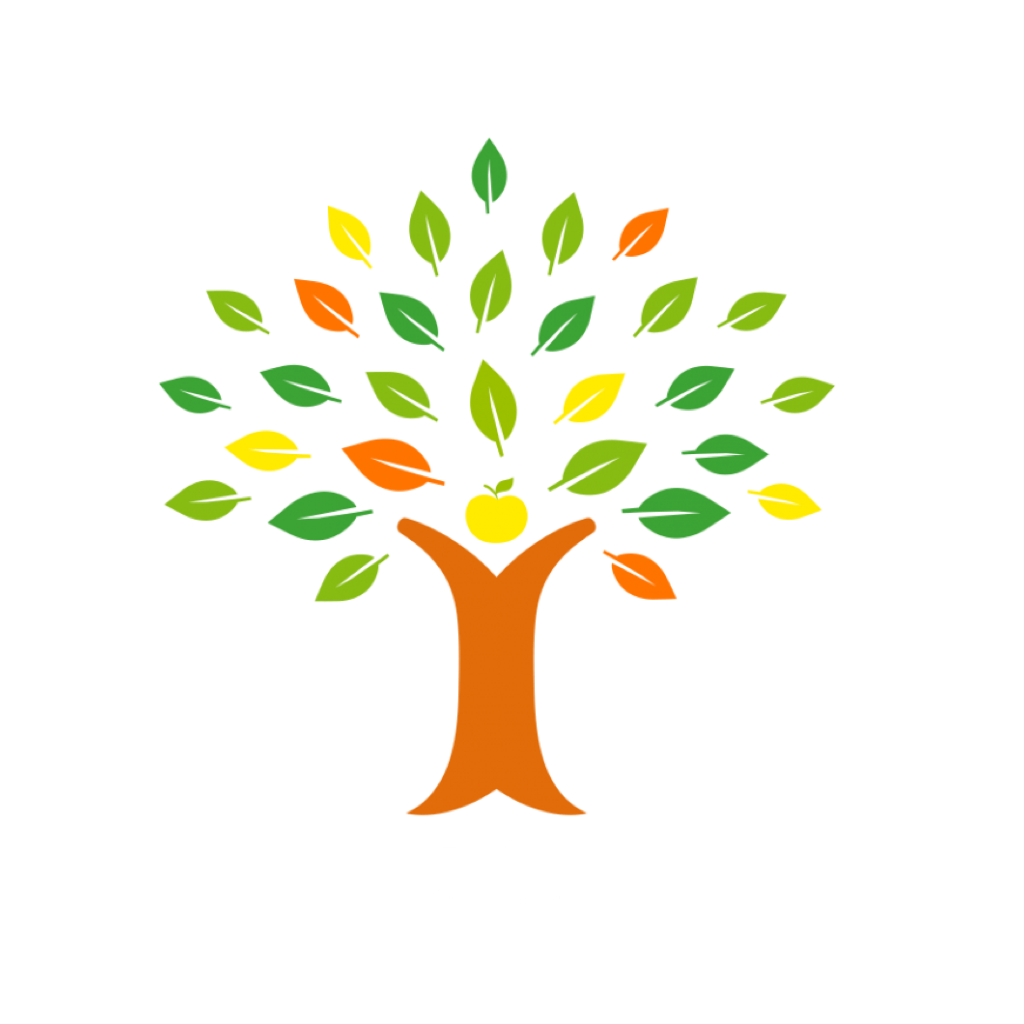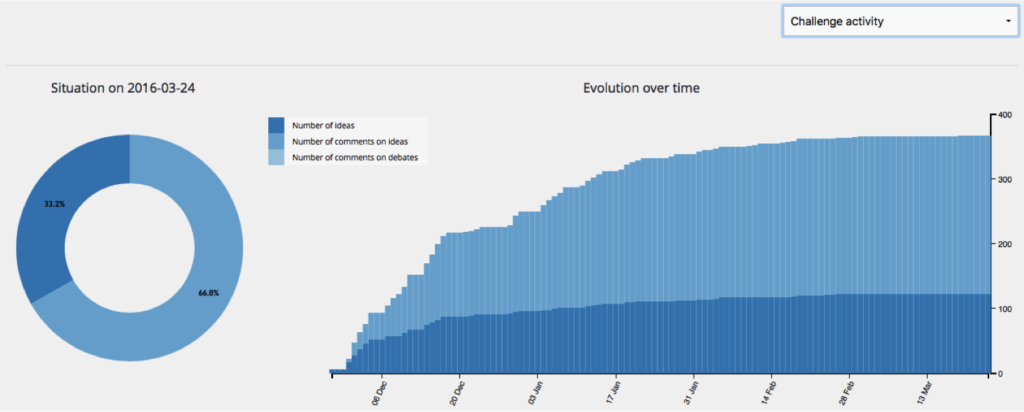“ Succeeding in an online idea generation campaign does not not depend solely on good starting ingredients: a good story and good participants. It also requires controlling the ideation process, which means getting the ability to facilitate, boost, energize or influence the generation of ideas in the rigth direction. To do so, you must have the good indicators.
Based on the analysis of a genuine case, this article explains how ECDYS OpenLab™ provides « turnkey » reports necessary to master an ideation processes till success. „
The success of an ideation campaign can be measured from two separate groups of indicators:
- indicators measuring the activity of the members: level of participation and intensity of trade on the platform
- indicators measuring the generation of ideas both in quantity and quality.
Let’s review the graphics provided as standard by ECDYS OpenLab ™ to help the facilitation team to effectively control the idea generation process.
The first graph shows the evolution and distribution of different types of contributions: the ideas themselves, the comments on the ideas, trade within participative debates
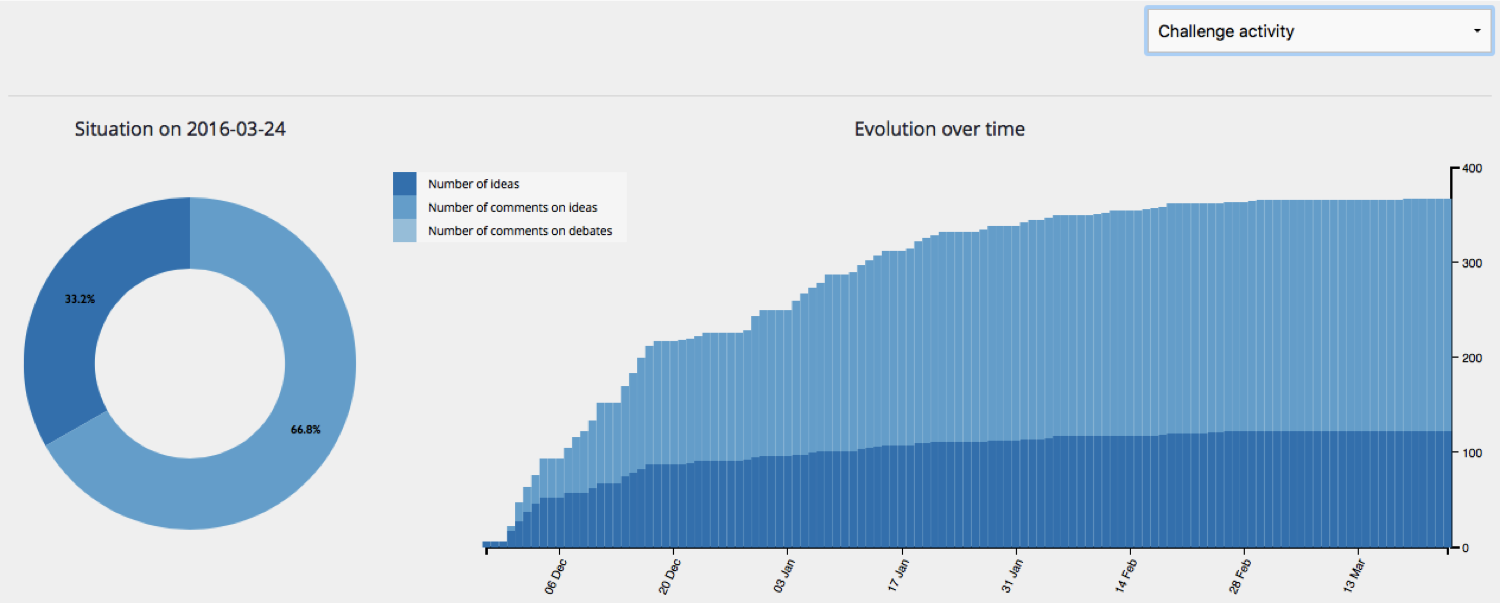
In the example above, the ratio is 1 idea for 2 to 3 comments. The process was focused exclusively on the generation of ideas: no participative debate was organized. It could have stimulated the emergence of new ideas by providing participants a more creative framework. In fact, the generation of ideas capped and the activity of the platform reached a limit pretty quickly.
The second chart illustrates the ability of members to post comments and thus enrich ideas
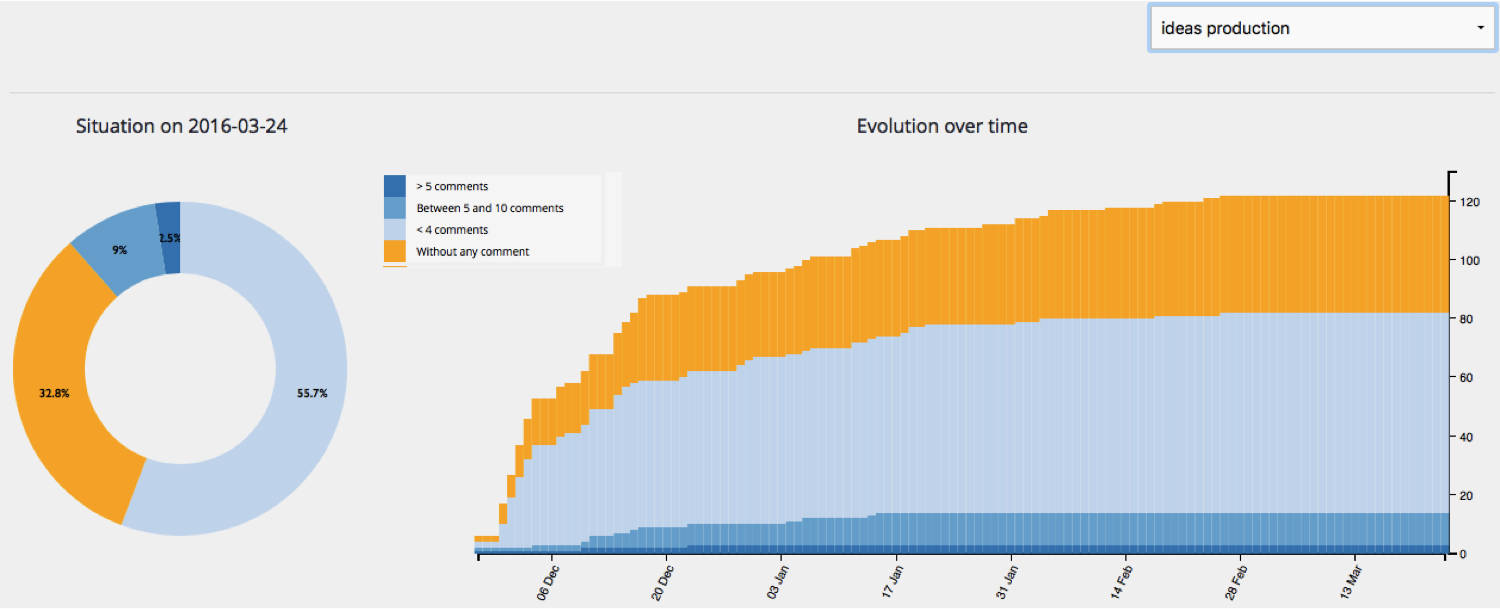
We can see that 11% only of the ideas have been actively commented (that is to say that they received at least 5 comments). It is feared that all the ideas do not have benefited from comments and opinions from participants and poorly developed.
Targeted reminders on the most interesting ideas would probably have been helpful in ensuring that they are better formulated and enriched.
The third graph shows the profile of participants and confirms the previous observation
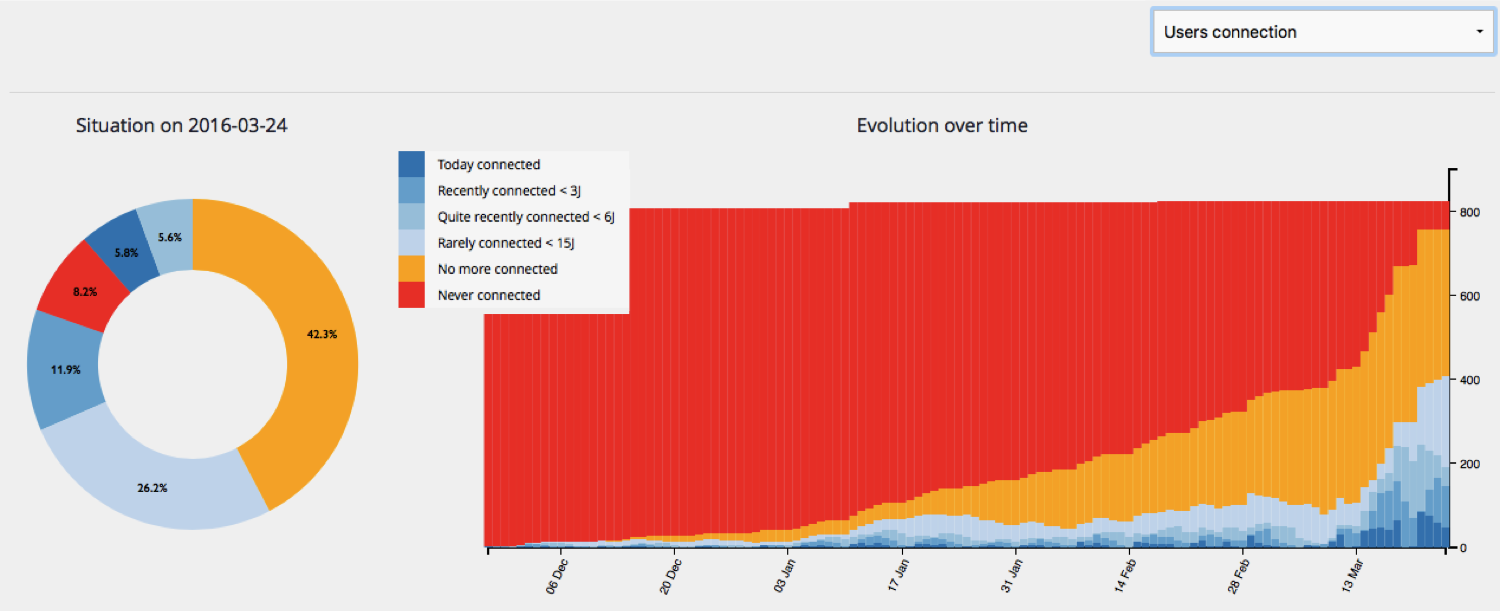
Among active participants (those who posted at least one idea or one comment, that is 20% of all members) : a quarter posted solely their own ideas without even posting any comment on the ideas of others. half of them commented only ideas of other. Another quarter truly played along by posting at least one idea and also commenting on the ideas of others.
Finally, nearly 80% of participants passively observed the exchange (at best). This ratio is not shocking, but it could have been improved. The process must in fact be stimulated so that the community be more productive. Passive users could have been more encouraged to build on the ideas expressed.
This last chart shows the activity of participants in terms of connection
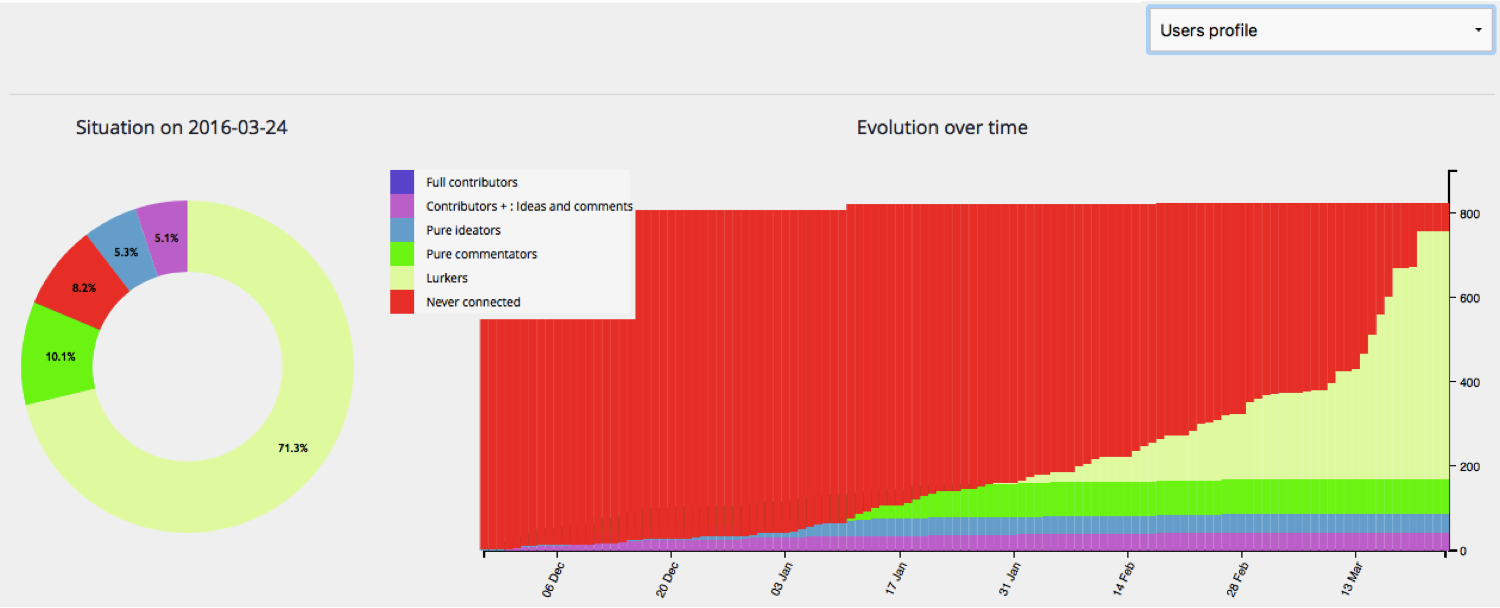
We can see that the connections have slowed significantly at the end of the first month. An increase can be observed in the last week of the campaign. It is an immediate and direct consequence of facilitation team efforts who revived the community through targeted communication actions. New blog entries were posted and a new ideation campaign was launched to choose the name of a project.
This action had a positive effect on attendance of the campaign and allowed to finish with a high turnout.
As a conclusion, one can easily understand through this example, how few selected indicators allow effectively to control an ideation campaign and make it more productive
All illustrations commented in this article are from a genuine case. In the opinion of all, this campaign was considered a full success and shown as an example.
This ex post analysis leads to a more mixed picture: a closer observation of the behavior of actors through analysis of some indicators would have allowed to do still better.
This example demonstrates how a proactive management of the process throughout the campaign can correct a situation and significantly improve the efficiency of an ideation campaign by stimulating the participants at the right time.
